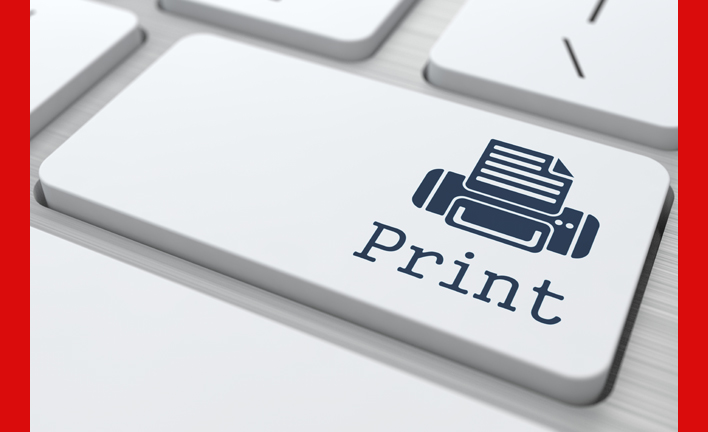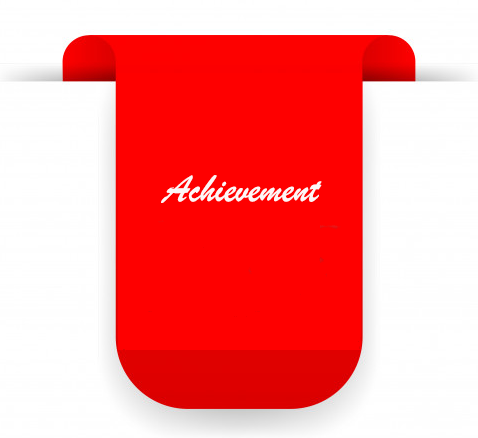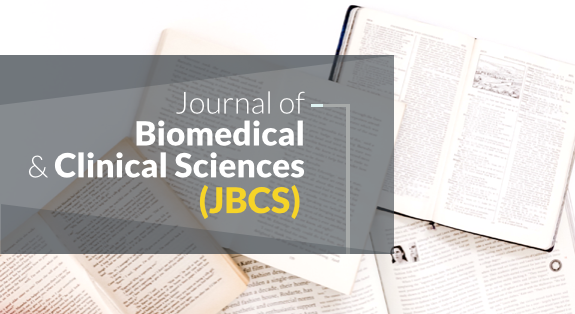Dr. Azizi
Dr. Azizi
Osteoporosis is a silent yet progressive non-communicable disease affecting the older generations specifically among the postmenopausal women. It is only diagnosed when having pathological fractures from minor fall/trauma. Worldwide, 1 in 3 women over age 50 will experience osteoporosis fractures, as will 1 in 5 men aged over 50. Despite the ‘silver wave’ in Malaysia, concern is raised due to increasing trend of fitness phenomena leading to risk of Low Energy Availability (LEA) among female exercise enthusiasts which subsequently ends up with low bone mineral density and osteoporosis. Bone remodeling is the central figure in the pathophysiology of osteoporosis. Osteoporosis is the results from imbalance of bone resorption and reformation processes. The pathological fracture happens once the skeletal fragility (due to impaired bone quality and low bone density) combined with excessive bone loading (from falls/trauma/certain activities). LEA, on the other hand, disturbed the homeostasis within the Hypothalamus-Pituitary Gland axis resulting hormonal disarray and finally, producing low bone mineral density which leads to osteopenia and osteoporosis.
Exercise forms the integral part of non-pharmacological treatment alongside nutritional intervention and others. Focus is mainly on weight-bearing and strengthening exercises which induced bone loading that activates bone cellular response, postural and balance control, and augmentation of estrogenic osteogenic effects enabling the bone loss process to be slowed down. Fatigue prevention is necessary to keep the patients motivated and produced significant exercise results. Aquatic exercise and low vibration modality are suggested as alternatives to the existing exercise regime based on ACSM (American College of Sports Medicine) guideline due to its inhibitory effect towards bone loss. Precaution is emphasized on footwear, warm-up and corticosteroid usage prior exercise. More disease awareness education should be included for osteoporosis prevention. Incorporation of low impact exercises catering for elderly and postmenopausal women is proposed at the national level alongside the current existing obesity program. RED-S CAT (Relative Energy Deficiency in Sports Clinical Assessment Tool) is recommended for sports medicine practitioners to screen for LEA among female athletes and exercise enthusiasts, as part of osteoporosis prevention strategy. The following FITT exercise guideline is based on the Exercise Is Medicine, ACSM initiative:
1. Aerobics training
F: 4-7 times per week
I: moderate to high intensity (>50% Heart Rate Reserve, depends on ability and bone/joints health)
T: 5 to 10 minutes, build up to 25-40 minutes per day
T: repetitive impact weight-bearing activities (walking, marching, dancing, etc.)
2. Strength training
F: 2-3 days per week with 1 day rest in between
I: hard effort for 8 reps, light effort for 10 reps
T: 8-10 repetitions for each major muscle groups for 1 set, increase to 2 sets after 2 weeks
T: free weights, resistance bands, weight machine or own body weight (calisthenics)
3. Flexibility training
F: 5-7 days per week
I: stretch to the point of tightness (slight discomfort)
T: hold for 10-30 seconds and progress to 30-60 seconds
T: Simple stretching, Yoga, Pilates, Tai Chi, Senaman Melayu Tua
*Precautions
-start from low impact first for weight-bearing activities (ie. marching on the spot).
-begin gently to avoid injury, gradually build up to hopping/skipping once approved by healthcare provider.
-if poor balance, ensure hold onto stationary supports or try using walking poles.
-allow rest intervals between sessions for recovery (shorts bursts of challenging activity, followed by rest periods, are more effective than long slow sessions).
-work up to challenging loads for more benefits.
-when possible, do exercises standing instead of sitting.
-change your routine every couple of months, variation makes bone responds better.
-be cautious about exercises involving bending and twisting at the hips and trunk.
-talk to your healthcare provider right away if activities cause bone pain.
Author:
Dr. Mohd Khairul Azizi Bin Mohd Zaki, MBBS (IIUM), IOC Dip Sp Phy (Lausanne)
Contributors (in order of appearance):
Wan Nurul Islamiah Binti Wan Ahmad, BPhty (IIUM)
Vishanth Rathakrishnan, BPhty (CUCMS)
Michelle Thang Ru Wen, BPhty (UTAR)
Zephaniah Chong En Wei, BPhty (AIMST)
Supervisor:
Dr. Hazwani Binti Ahmad Yusof @ Hanafi, BSc. (UKM), MSc. (USM), PhD (Sydney)
MSc Clinical Exercise Science (TCE508: Exercise Programming for Clinical Populations)
Lifestyle Science Cluster
AMDI, USM
Scroll to Top











